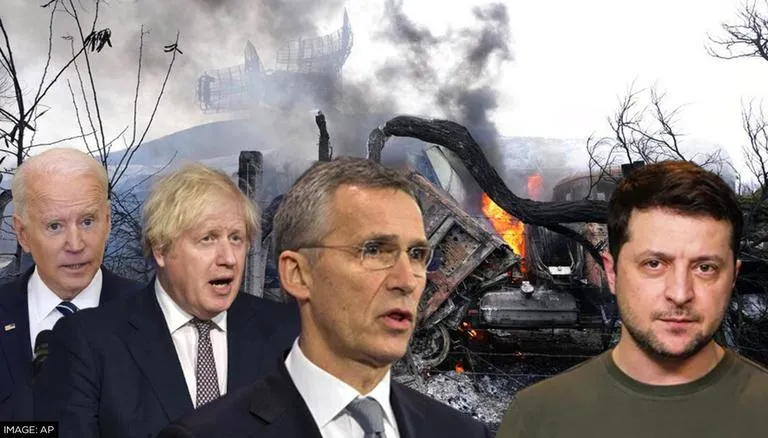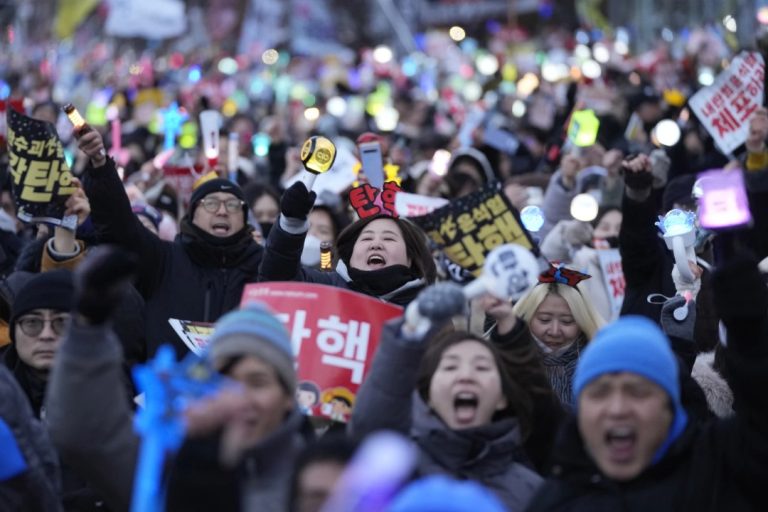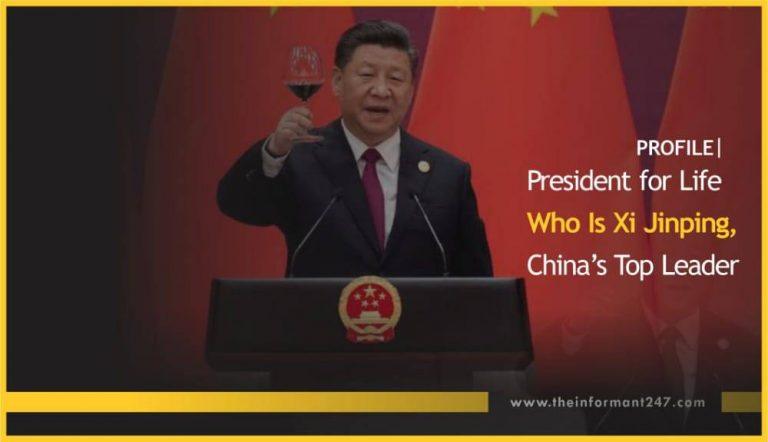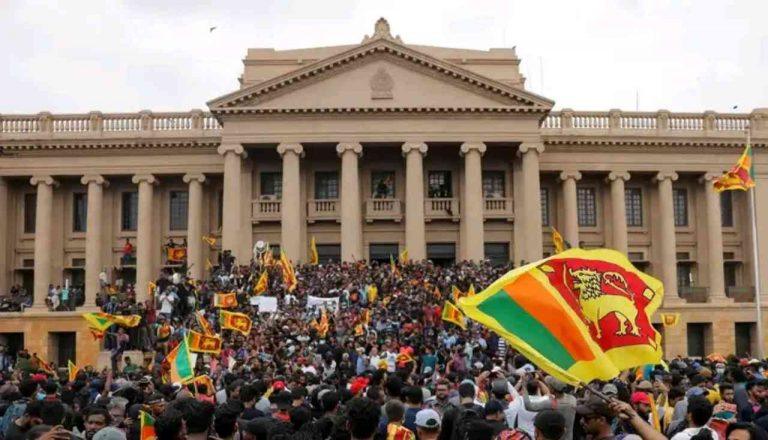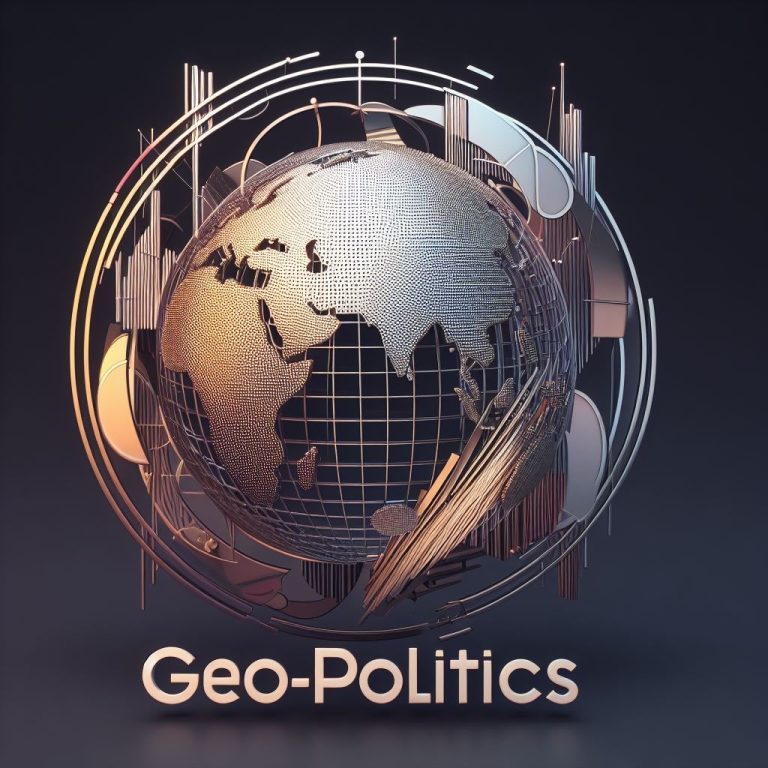ANALYSIS | Amid Russian invasion, uncertainty beclouds Ukraine’s ‘strong alliance’ with the West
The highest level of diplomatic contact between Moscow and Kyiv, thus far, manifest at the three-day Antalya Diplomacy Forum, held from March 11 to 13 in the Turkish city of Antalya. With this display of soft-power diplomacy, Turkiye, working in concert with other global actors, takes a leading role in mediating peace talks between its Black Sea neighbours, Russia and Ukraine.
For the Volodymyr Zelenskyy-led government, full integration into the Western orbit remains a top political priority — first through membership in the US-led NATO alliance and, on the other end, the European Union (EU).
As the trilateral talks between Turkiye, Moscow, and Kyiv edge to a close, President Zelenskyy ultimate desire to align with the West on all fronts appears increasingly out of reach. With a deeply unconvinced West, an ascendant Russian opposition stands firm, striking from the East.
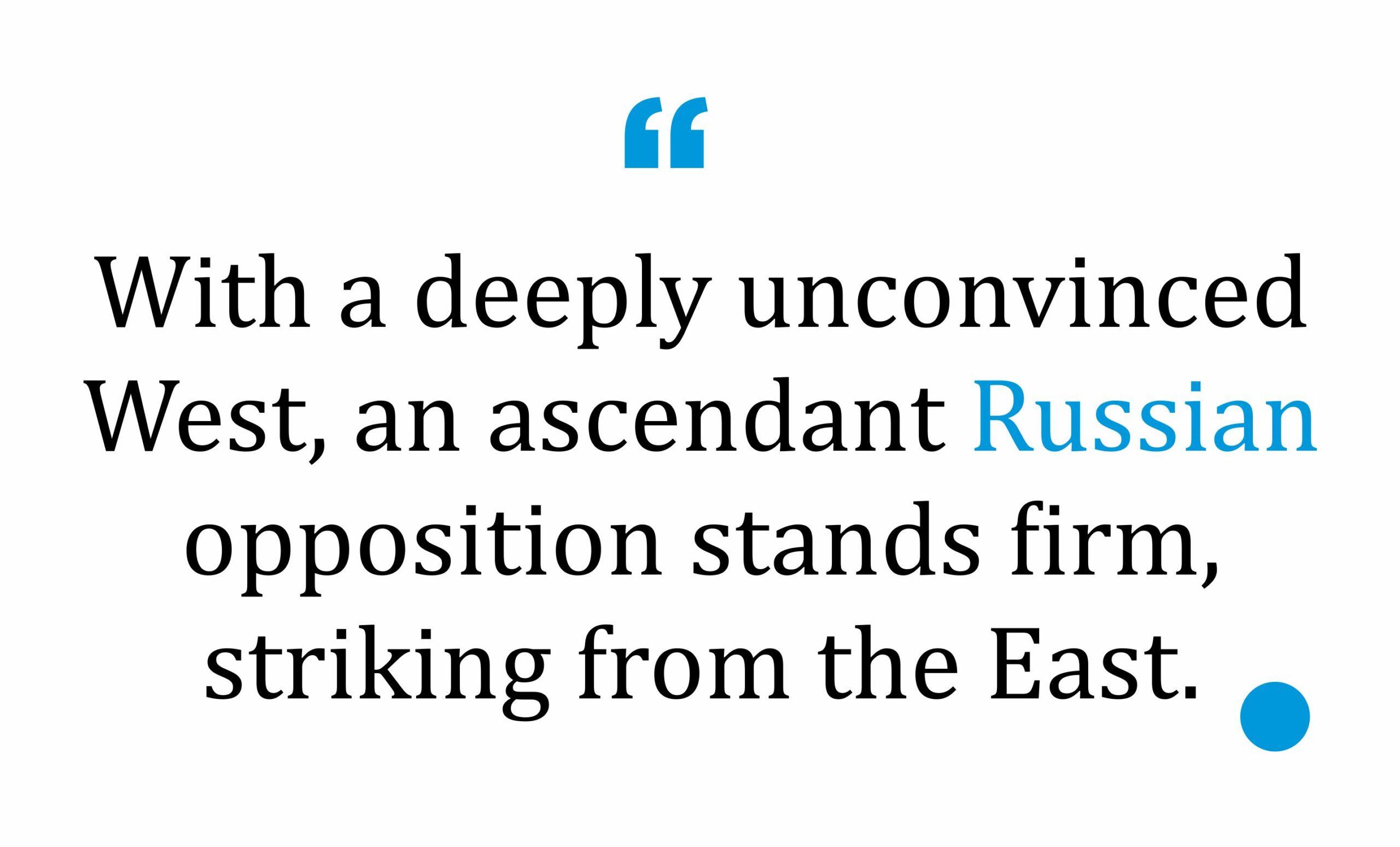
Ukraine’s growing alignment with Western institutions has heightened regional political tensions, culminating in Russia’s full-scale invasion in February 2022, the most severe manifestation of this geopolitical rivalry. The European Union’s decision to consider the membership applications of Ukraine, Georgia, and Moldova amid the gradual erosion of European security appears, to some observers, more symbolic than substantive, a political show of solidarity rather than a concrete path toward accession.

Coincidentally and perhaps consequentially, all three former Soviet republics share a similar predicament: significant portions of their territories remain under Moscow’s control or influence. At the informal summit of EU leaders held at the Palace of Versailles in France, the bloc’s cautious stance sent a sobering signal to the Zelenskyy-led government. Dutch Prime Minister Mark Rutte underscored the limits of European enthusiasm, remarking
“I want to focus on what we can do for Volodymyr Zelenskyy tonight and tomorrow. EU accession for Ukraine is something for the long term. Nobody enters the European Union overnight.”
Croatian Prime Minister Andrej Plenković was more forthright. His intervention raised a fundamental question: if Kyiv’s accession is deemed a distant or improbable goal, why initiate the process of examining its membership bid in the first place?
Informally in the family, and not formally in the union
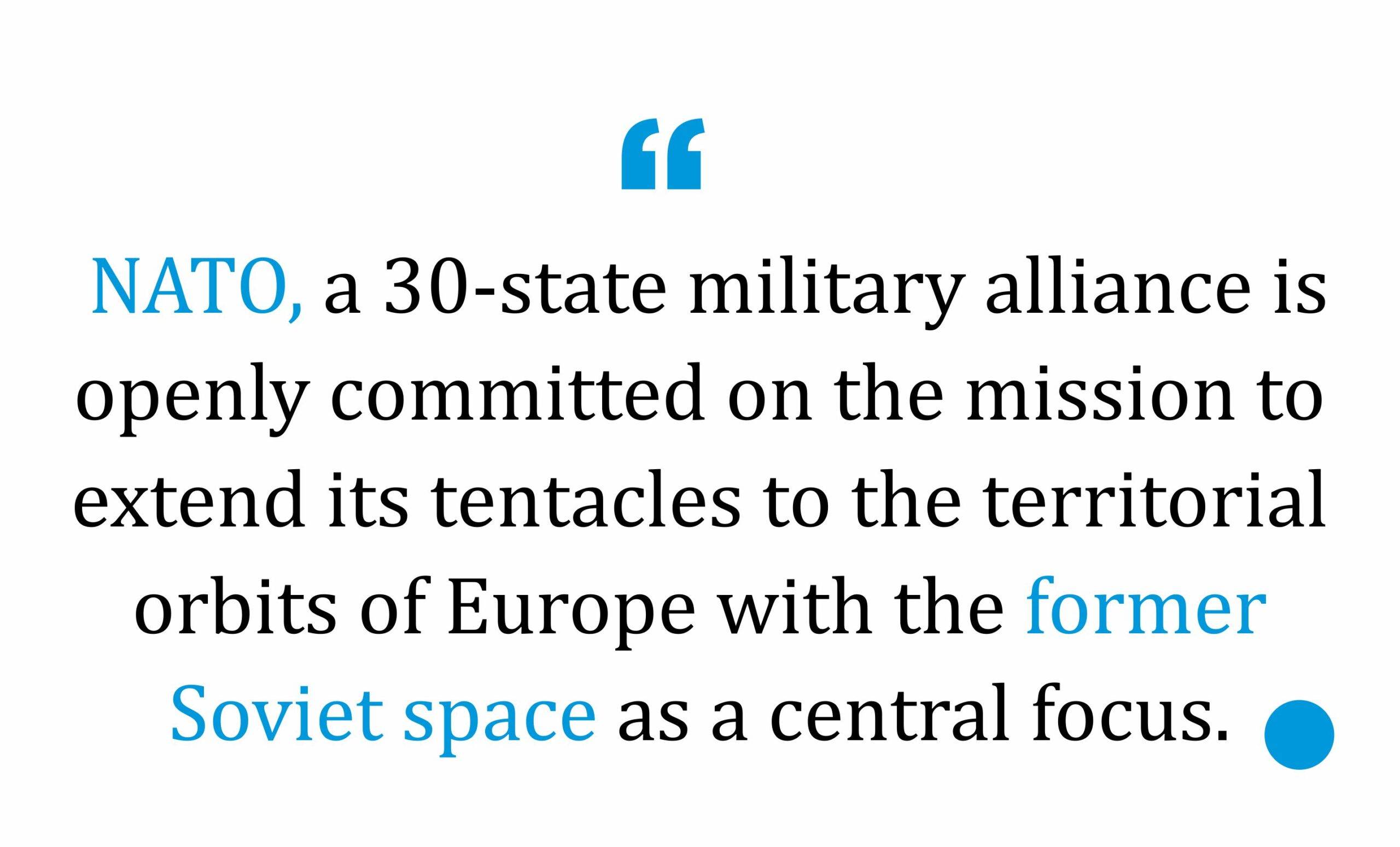
It is becoming increasingly evident that Ukraine belongs to the European family, but not yet to the European Union. The massive influx of Ukrainian refugees into Europe and the uneven reception by some member states expose the limits of European solidarity.
With a skeptical European Union, Ukraine’s prospective NATO membership appears even more distant. From a broader perspective, the country stands as an isolated state actor, and its long-standing ambition to achieve full integration into NATO remains an arduous pursuit.
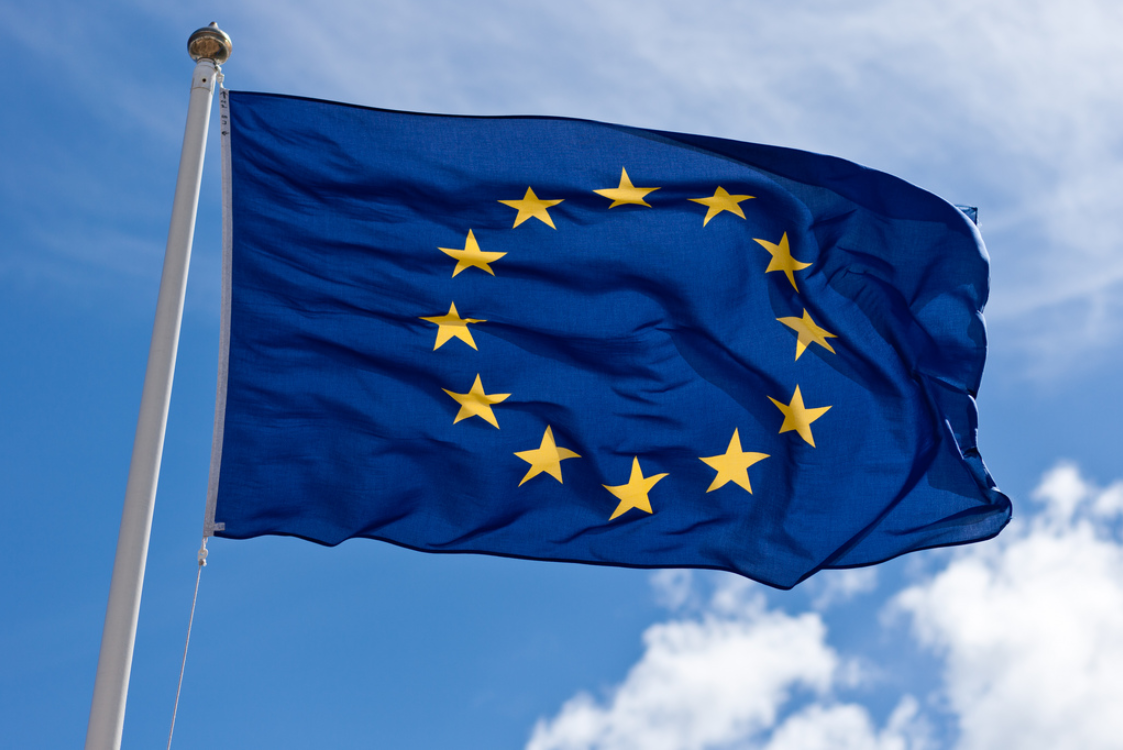
Originally a 12-member military alliance founded in 1949, NATO has steadily expanded its reach, bringing 18 additional states into its fold across continental Europe — the most recent being North Macedonia in 2020.
In the lead-up to and following Russia’s February 2022 invasion of Ukraine, NATO’s support has largely focused on bolstering the defense of its Eastern European members while avoiding direct military engagement on Ukraine’s behalf. The alliance’s assistance has therefore remained primarily verbal, financial, and diplomatic — reflecting its cautious balance between deterrence and escalation.
Becoming: NATO’s one No and other Yes
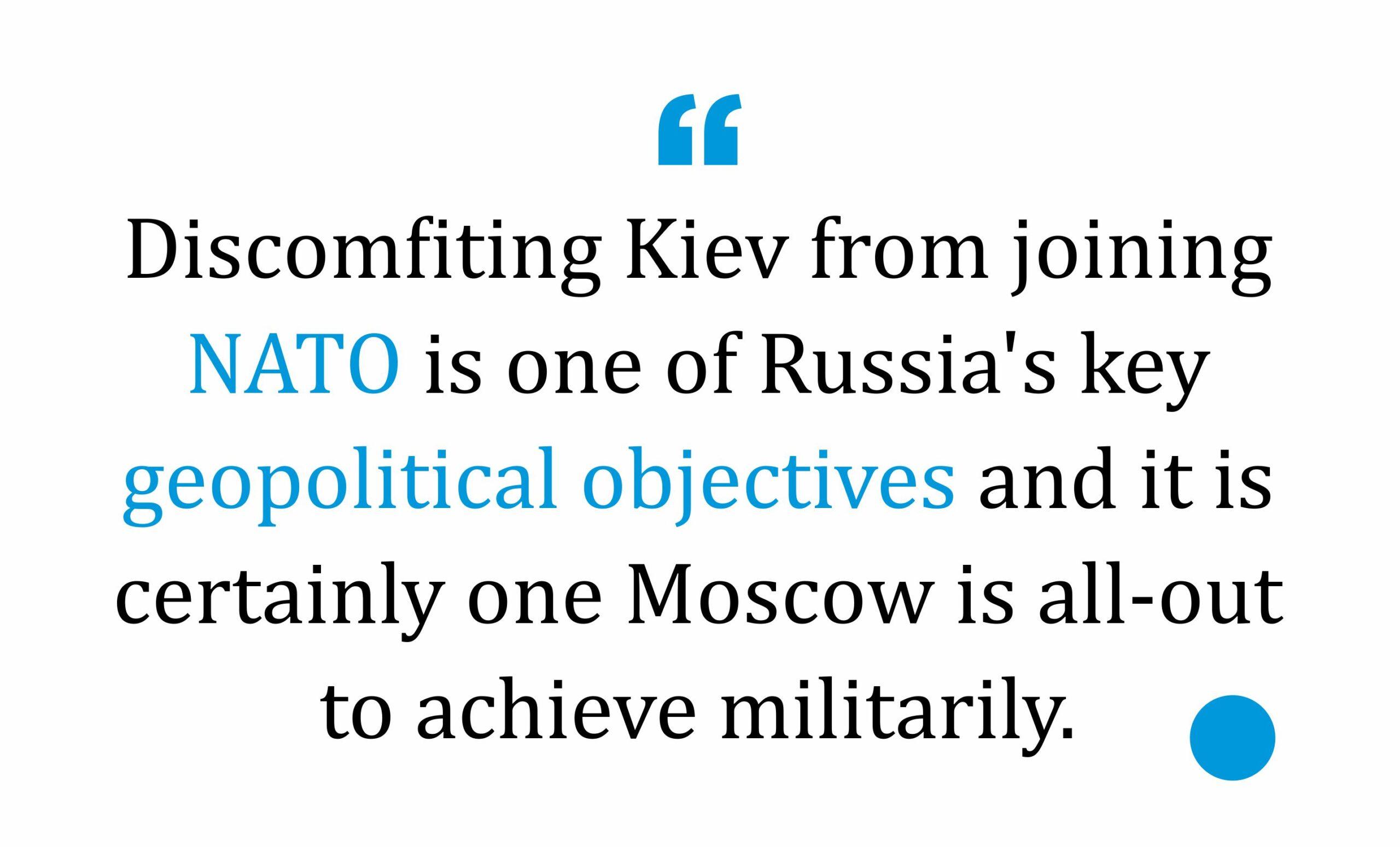
Understanding NATO’s cautious stance requires examining the complexity of its membership process. At the apex of this integration process lies the requirement for unanimous consent among all existing member states — the opposition of even one country can override the collective will of the alliance.
North Macedonia stands as the most recent example. Formerly known as Macedonia, the country’s accession was stalled for years due to a name dispute with Greece, a NATO member. A landmark resolution in 2019 — the adoption of the name North Macedonia — ended decades of diplomatic friction and paved the way for its admission into NATO in 2020.

In practice, the veto of a single member state outweighs the collective assent of others — a structural limitation that leaves Kyiv in a persistent state of uncertainty. President Volodymyr Zelenskyy’s audacious bid to accelerate Ukraine’s NATO membership has placed the country in a position strikingly similar to that of Georgia fourteen years earlier.
Tbilisi’s efforts to join NATO were derailed in 2008 when a five-day Russo-Georgian war erupted, resulting in the swift secession of Abkhazia and South Ossetia from Georgian territory. Preventing Kyiv’s accession to NATO remains one of Moscow’s core geopolitical objectives — and it is an ambition the Kremlin appears determined to pursue by military means if necessary.
Kremlin’s fear

With the West dismissing Moscow’s core security demands, the firm insistence of the US-led North Atlantic Treaty Organisation (NATO) on its “open-door policy” has become, arguably, one of the key factors pushing the world toward a wider conflict. From the Kremlin’s perspective, NATO’s continued eastward expansion poses an existential threat to Russia’s security architecture.
According to Russian officials, the multi-pronged invasion of Ukraine was launched under the pretext of demilitarising and denazifying the country — a clear breach of international law that nonetheless underscores the lengths to which Moscow is willing to go to safeguard its perceived sphere of influence.

“Russia is taking every possible measure to prevent Ukraine from acquiring nuclear weapons and respective technologies,” Russian Foreign Minister Sergey Lavrov asserted, framing the war as a defensive necessity rather than an act of aggression.
The Russian Winter Olympic season: Like 2014, like 2022
The Winter Olympics appears to mark a recurring season for Russian military maneuvers against Ukraine. In February 2014, while global attention was fixed on the Sochi Games, Moscow annexed Crimea — a major slice of Ukrainian territory — into the Russian Federation.
The pattern repeated itself eight years later. As the world’s gaze turned to Beijing for the 2022 Winter Olympics, the Kremlin once again moved militarily against Ukraine. President Vladimir Putin’s recognition of the self-proclaimed republics in the Donbas region came just a day after the closing ceremony — signaling that, for Moscow, timing is as strategic as force.
In quick sequence, Russian troops stationed along the Ukrainian borders advanced into the country, the threat of a Russian invasion no longer starred lightly on the frontiers of Kyiv but swung in from multiple directions – another February military incursion in play.

“We have been left alone to defend our state… Who is ready to fight alongside us? I don’t see anyone. Who is ready to give Ukraine a guarantee of NATO membership? Everyone is afraid,” President Volodymyr Zelenskyy lamented, hours after the assault began.
No one to help

In a recent broadcast, President Volodymyr Zelenskyy criticised NATO for refusing to enforce a “no-fly zone” over Ukraine’s airspace. He argued, “We believe that NATO member states have created for themselves a narrative that closing the airspace over Ukraine would provoke direct aggression from Russia against NATO. It is a self-induced hypothesis of those who are weak and lack confidence.”
Responding to the criticism, NATO Secretary-General Jens Stoltenberg defended the alliance’s decision, stressing its defensive mandate. “NATO is a defensive alliance. Our core task is to keep our 30 nations safe. We are not part of this conflict, and we have a responsibility to ensure it does not escalate and spread beyond Ukraine.”
From Washington, U.S. Secretary of State Antony Blinken reinforced the same position: “President Biden has been clear that we are not going to get into a war with Russia, but we are going to tremendous lengths, with allies and partners, to provide Ukrainians with the means to effectively defend themselves.”
The Road Ahead for Kyiv
It is high time the leadership at the Mariinskyi Palace devised alternative means, through diplomacy above all else, to address Ukraine’s security dilemma, rather than placing unwavering faith in the US-led NATO.
Kyiv’s potential membership of the European Union already poses a strategic concern to Moscow, while any move toward NATO integration risks deepening the geopolitical divide. Finland, which borders the Russian Federation, offers a valuable case study: an EU member that sustains a neutral military posture. The ongoing conflict could take a different turn if Ukraine’s neutrality were strategically and pragmatically pursued.
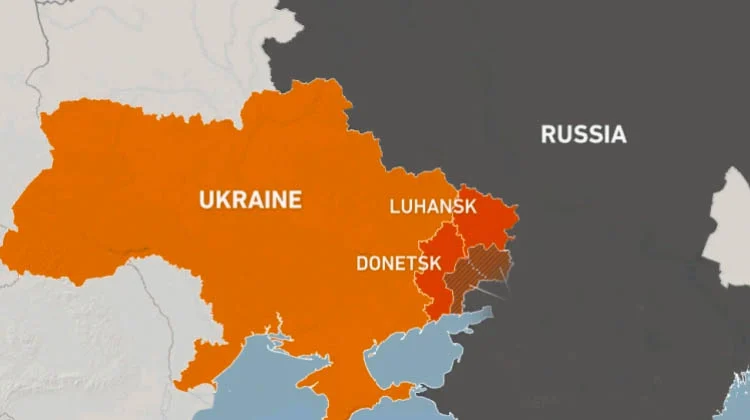
A recalibrated stance of neutrality from the Zelenskyy-led government could help de-escalate tensions and, to a considerable degree, avert further catastrophe. For now, Ukraine may have to hold the line while striving for a win-win resolution that guarantees its sovereignty without provoking greater devastation.
Ultimately, uncertainty beclouds President Zelenskyy’s Western ambitions. Ukraine’s full integration into NATO and, by extension, the European Union appears distant. As the war enters its fourth week, the defining choice now rests with Kyiv: whether to continue the push for alignment with the West or to embrace a strategic neutrality that could reshape the course of this conflict.

